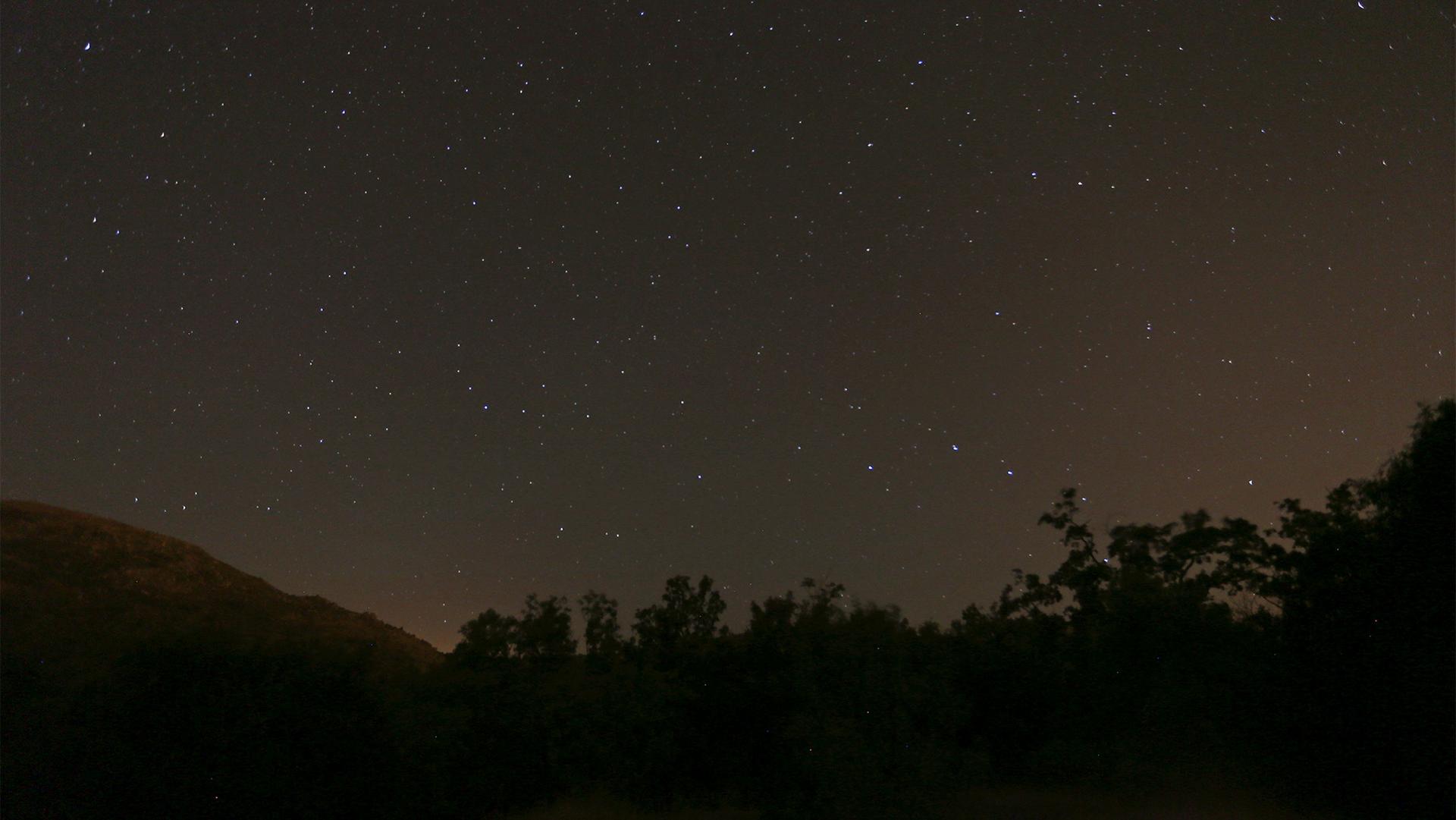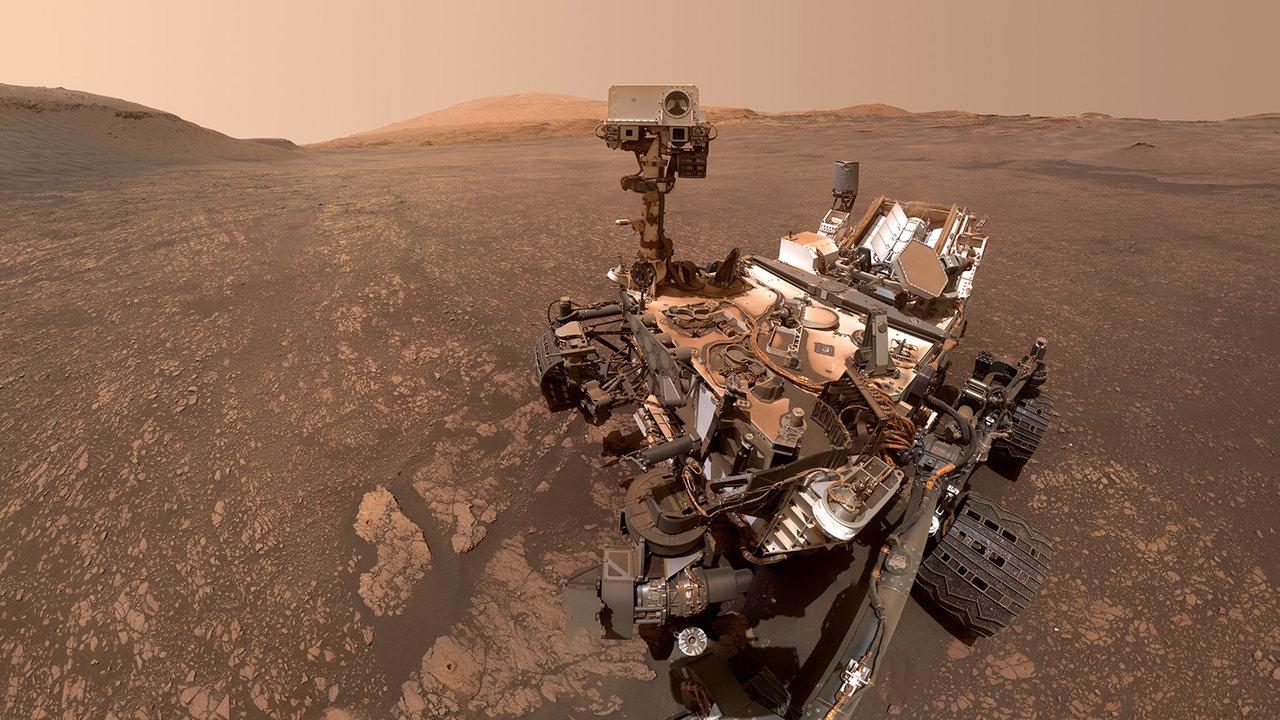Astronomy
This Colombian town is dimming its lights to attract more tourists to view the night sky
Thousands of people gather every year in Villa de Leyva, Colombia, for the annual Astronomy Festival. Now, event organizers are working with the local government to implement lasting improvements for the town to draw more tourists to see the stars.
We want to hear your feedback so we can keep improving our website, theworld.org. Please fill out this quick survey and let us know your thoughts (your answers will be anonymous). Thanks for your time!
In a long-ago neutron star collision, scientists find a cosmic goldmine
Around 130 million years ago, two neutron stars — those strange, compacted cores of dead stars — collided. Scientists recently detected the signals from that collision, in the form of gravitational waves and electromagnetic signals.
Subscribe to The World’s Latest Edition podcast for free using your favorite podcast player:


